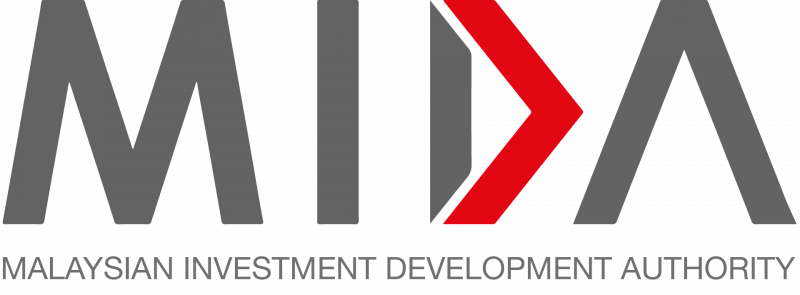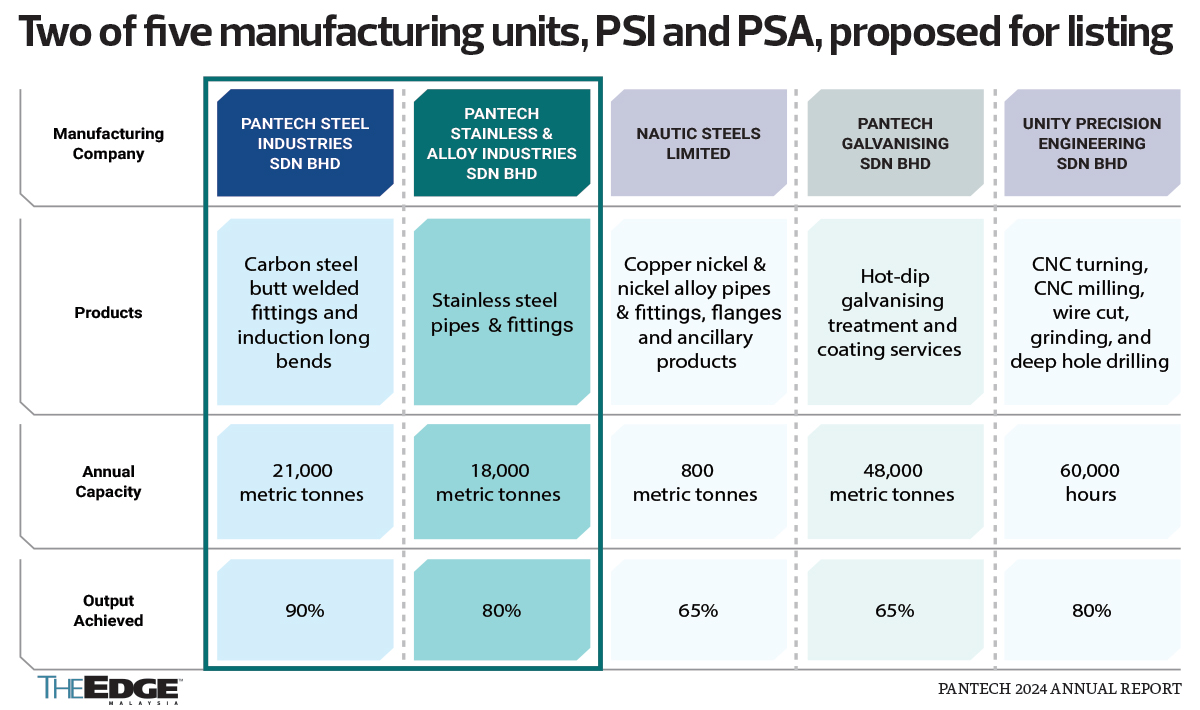Prime Minister Datuk Seri Anwar Ibrahim today opened the first phase of Infineon Technologies AG’s new power fabrication plant in Malaysia, which is set to become the world’s largest and most competitive 200-millimeter silicon carbide (SiC) power semiconductor plant.
Its chief exec officer Jochen Hanebeck said the first phase of its Kulim 3 plant in the Kulim High-Tech Park (KHTP), is part of the total five billion Euros (RM25 billion) investment in the next five years here in a second phase of its construction of module three, which was announced last year.
The first phase of the fabrication plant, with an investment value of two billion euros (RM9.8 billion), will focus on the production of SiC power semiconductors and will include gallium nitride (GaN) epitaxy.
“SiC semiconductors increase efficiency in electric vehicles, fast charging stations, and trains as well as renewable energy systems and Al data centres.
“Nine hundred high-value jobs are already created in the first phasem” he added.
The second phase, with an investment of up to five billion euros, will create the world’s largest and most efficient 200-millimeter SiC power fabrication plant. Overall, up to 4,000 jobs will be created by the project.
“Our technology increases the energy efficiency of ubiquitous applications such as electric cars, solar and wind power systems, and Al data centres. We are therefore investing in the largest and most efficient high-tech SiC production facility in Malaysia, backed by strong customer commitments,” he said.
Hanebeck said the demand for semiconductors will constantly rise, and the investment in Kulim is highly attractive to Infineon’s customers, who back the company with their prepayments, increasing the resilience of the supply chain for critical components needed for the green transition.
Infineon started its operations in Malaysia in Melaka in 1973 and in 2006, the company opened Asia’s first front end fabrication plant in Kulim.
Currently, Infineon employs more than 16,000 highly skilled people in Malaysia.
Source: NST
PM opens first phase of Infineon’s world’s largest 200-mm SiC power semiconductor plant
Content Type:
Duration:



